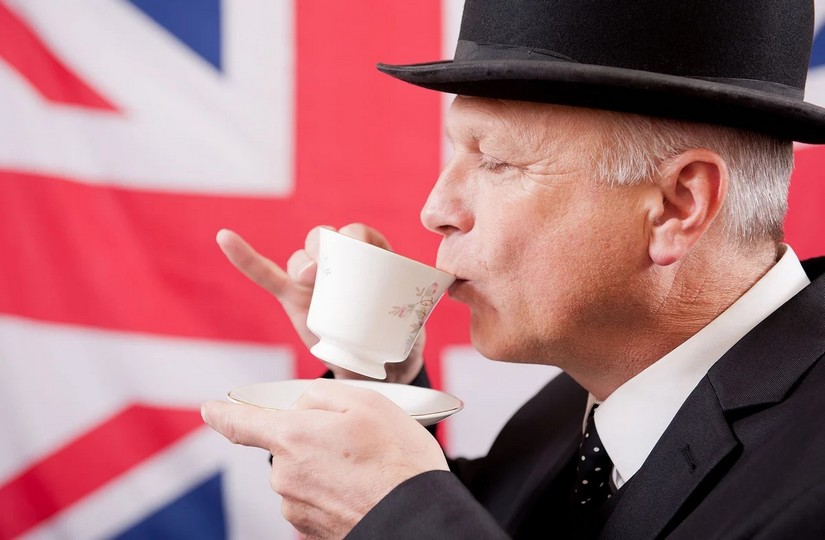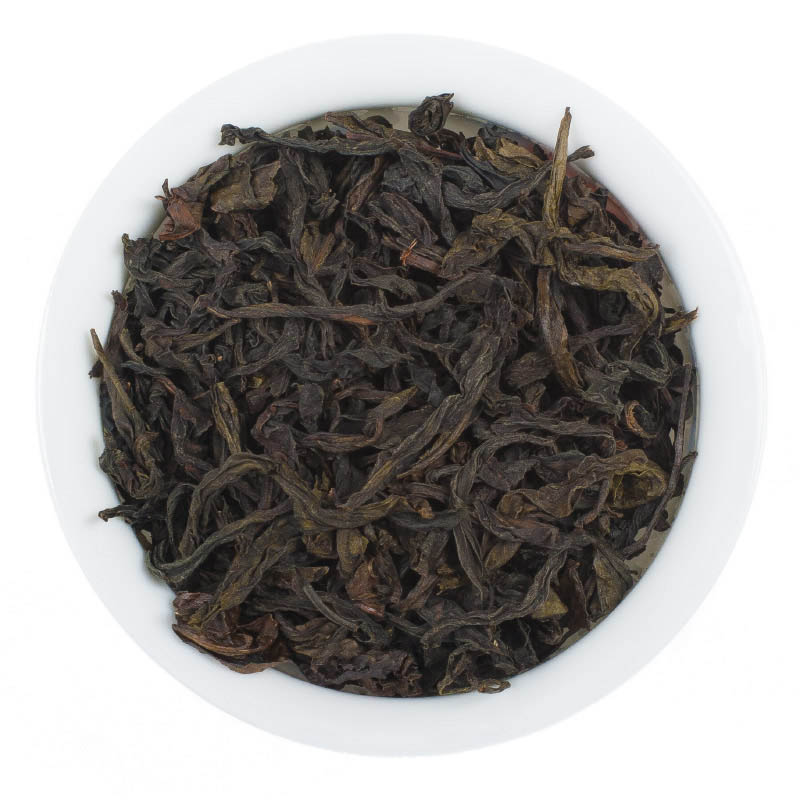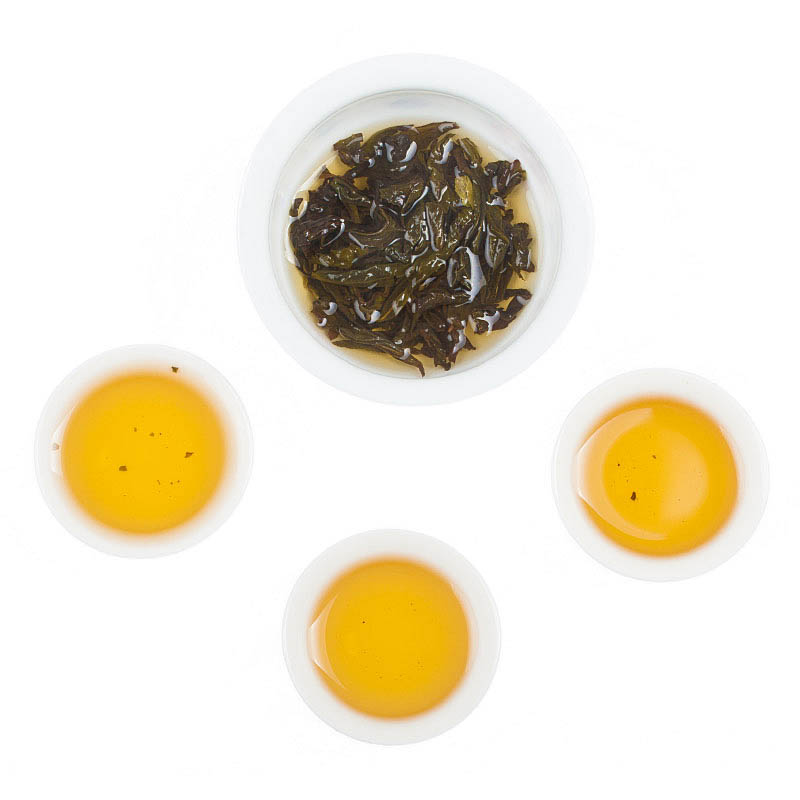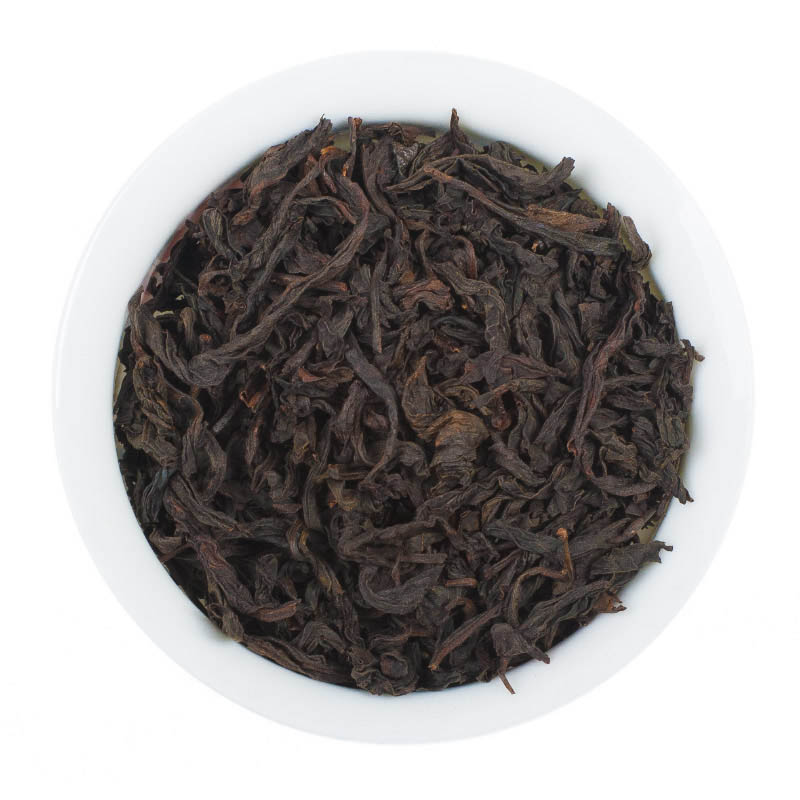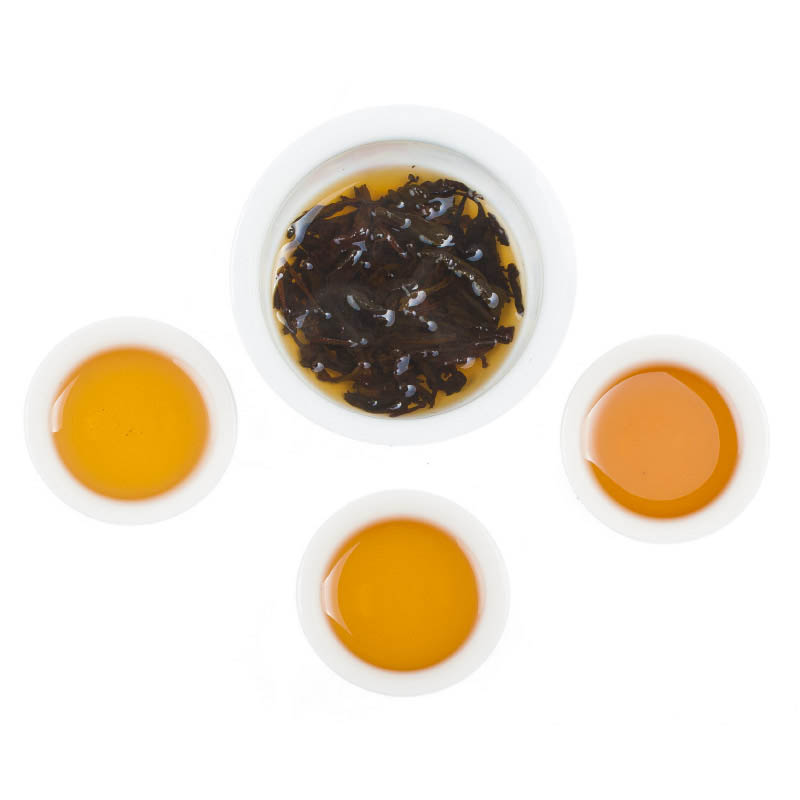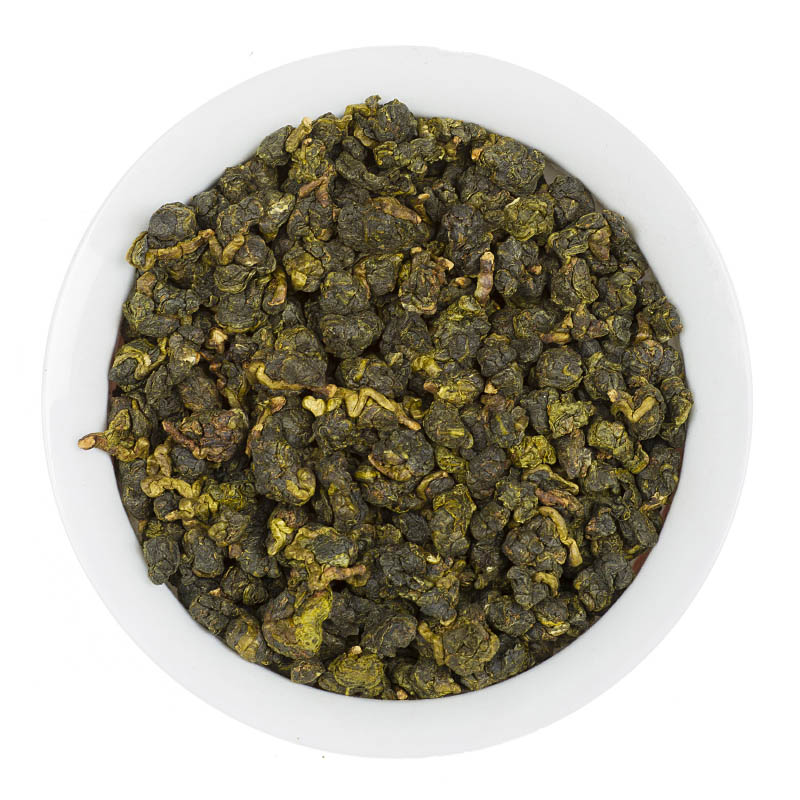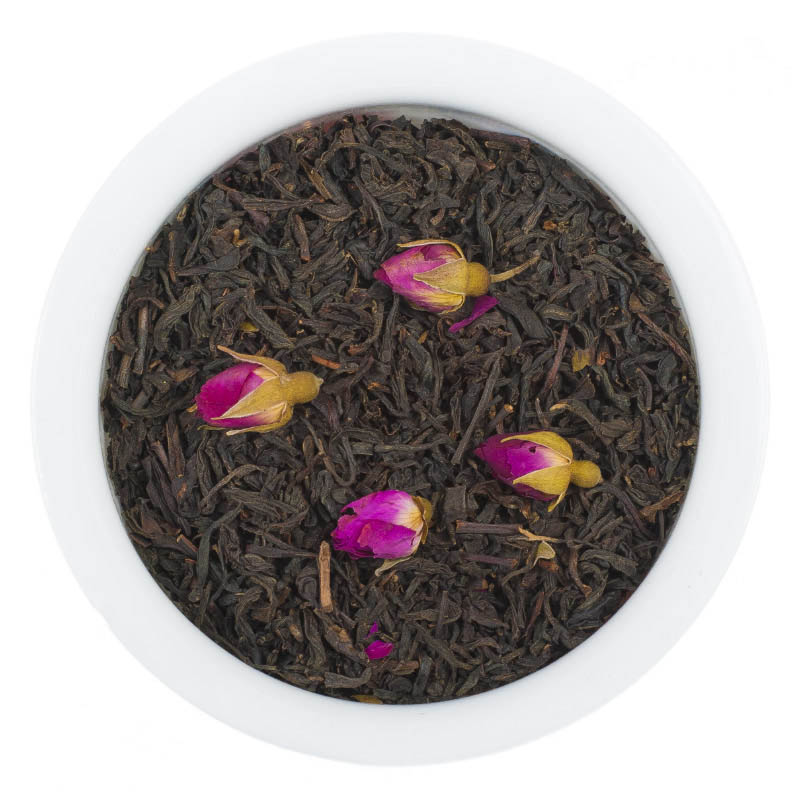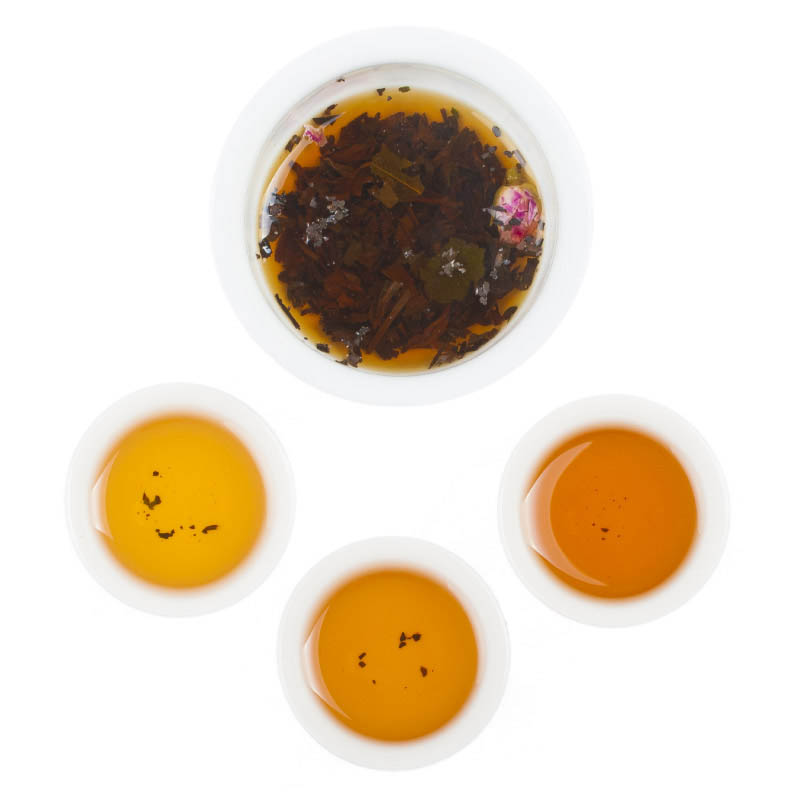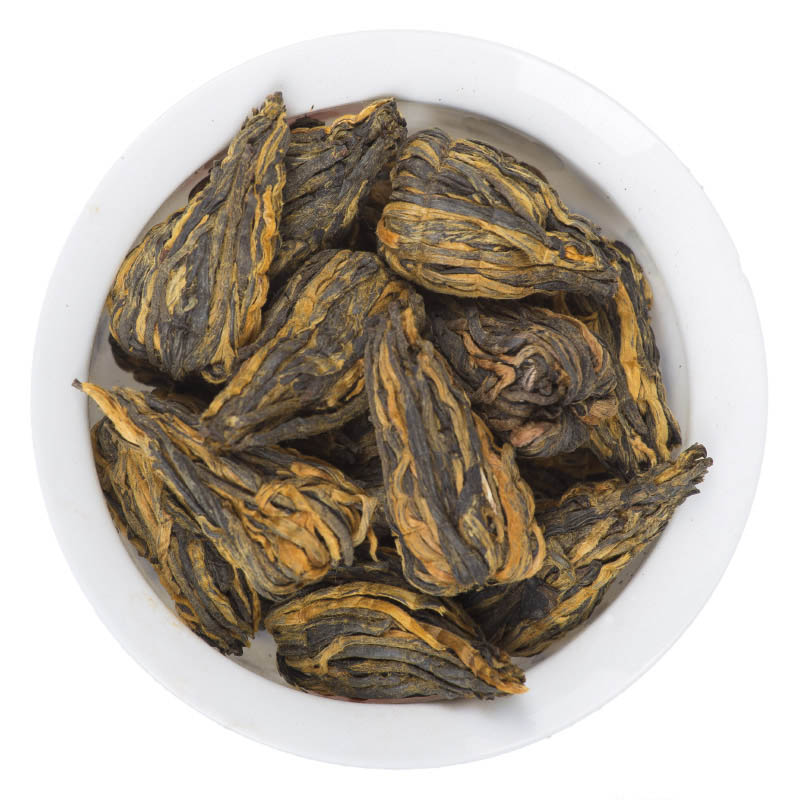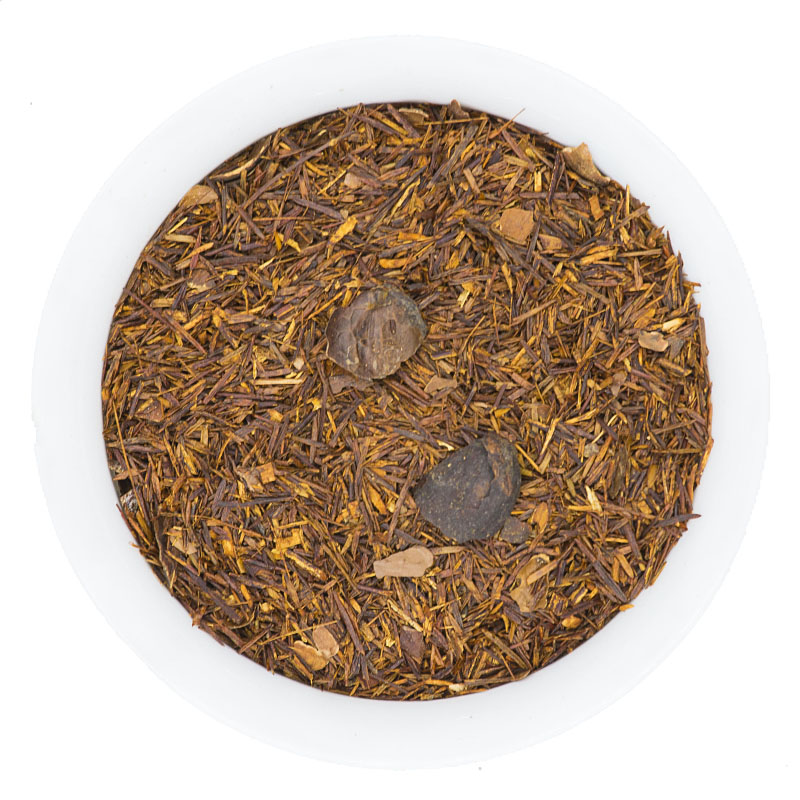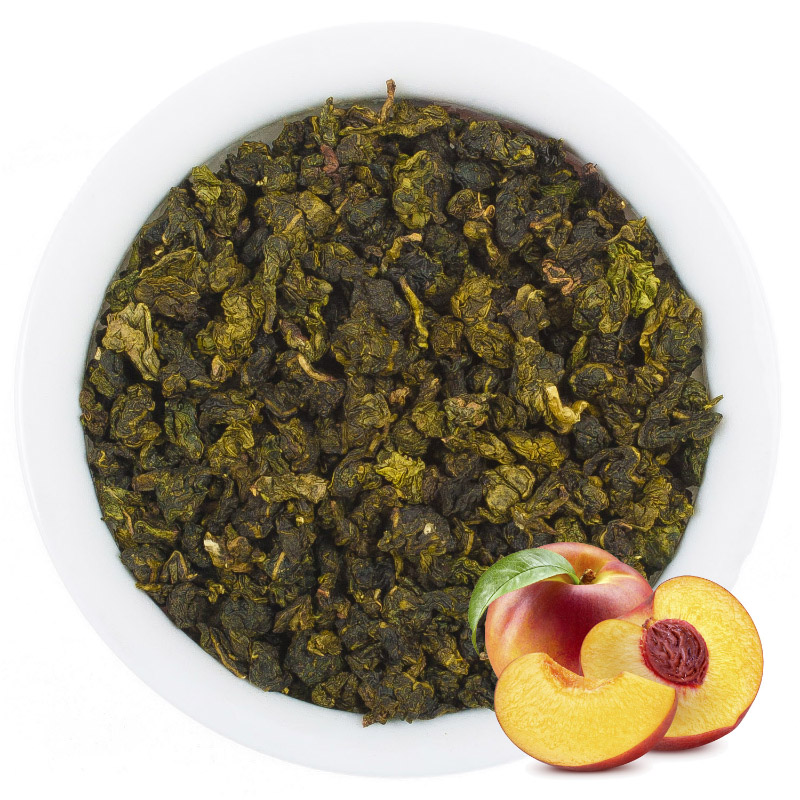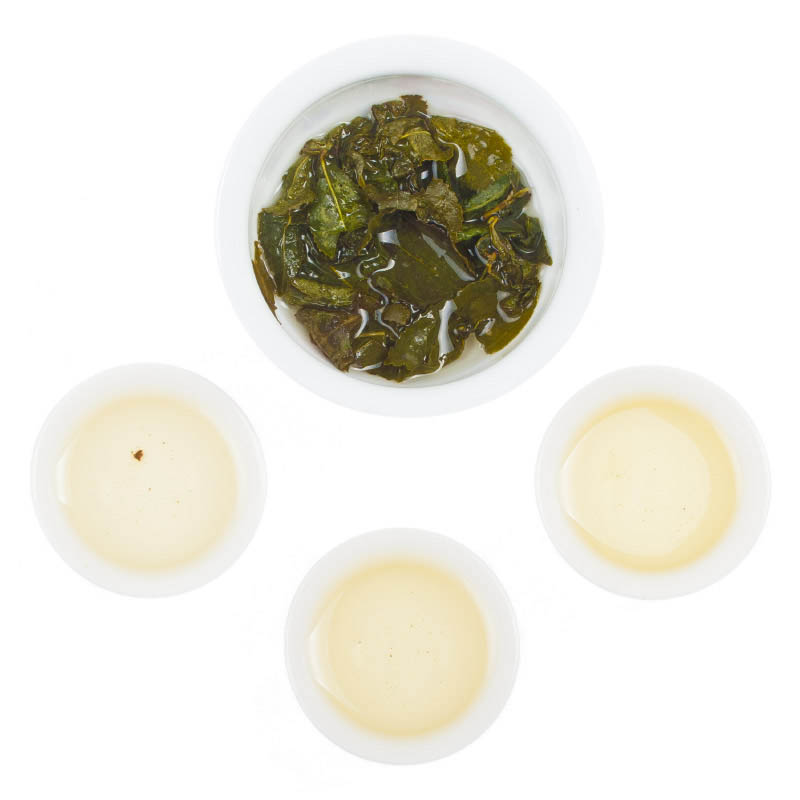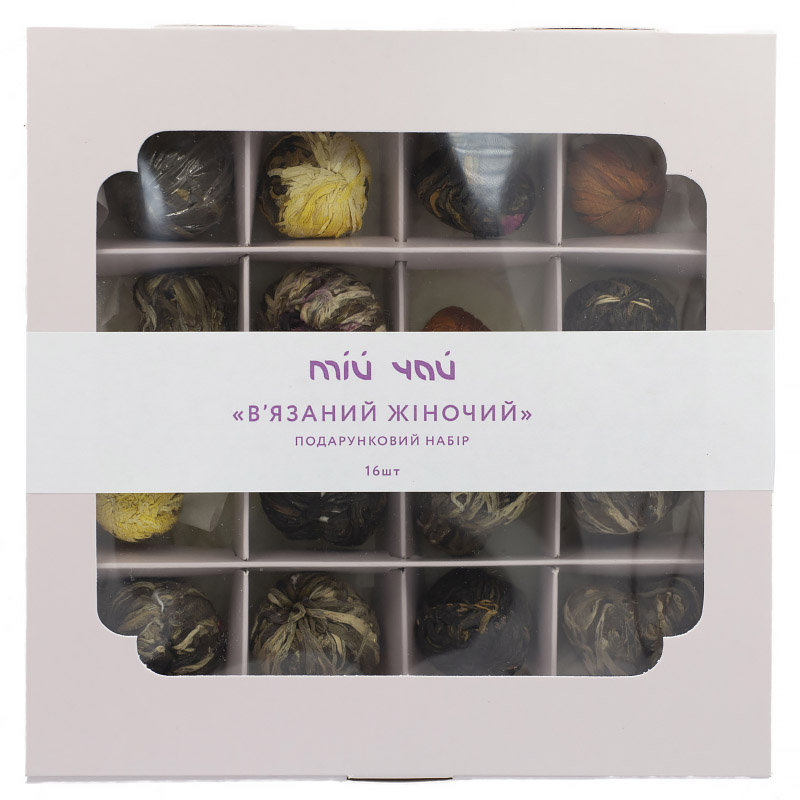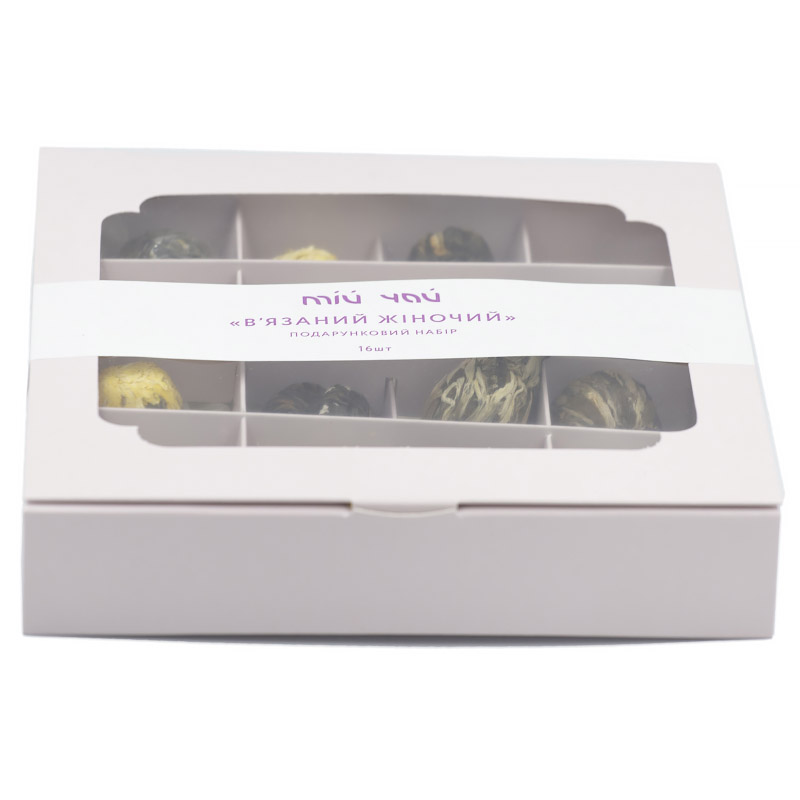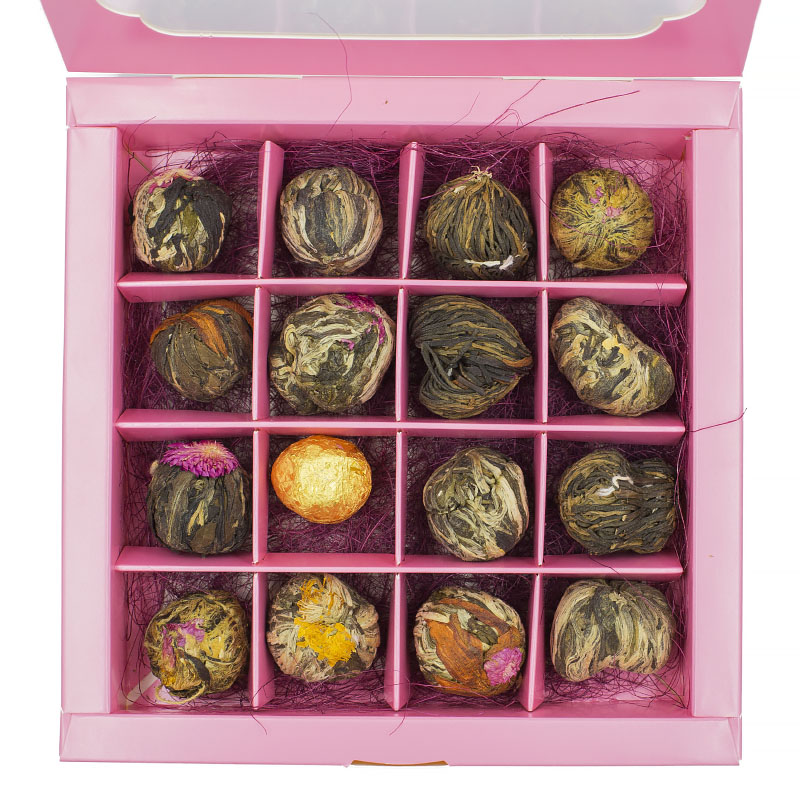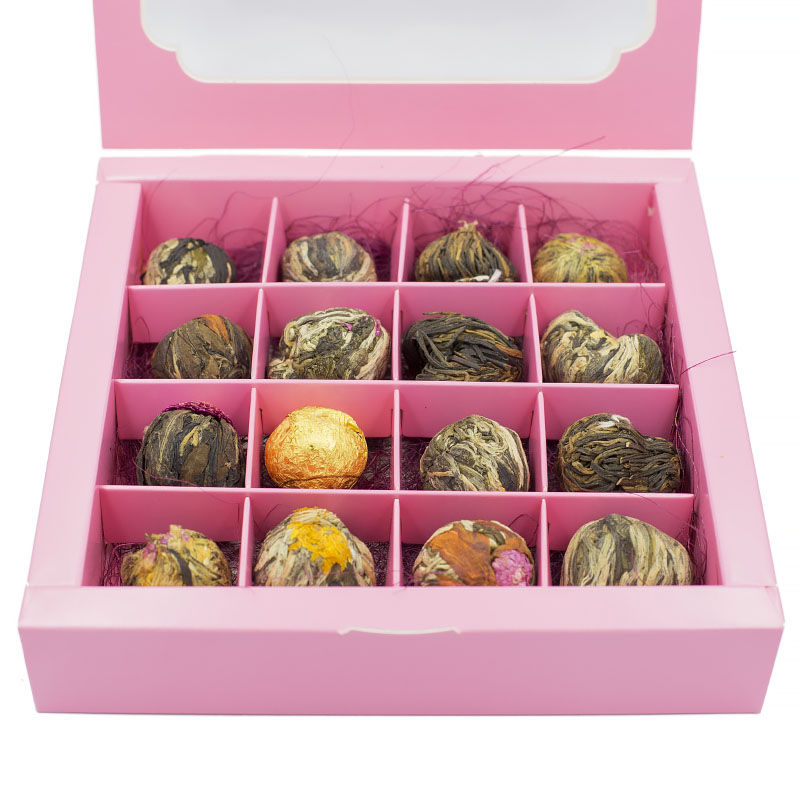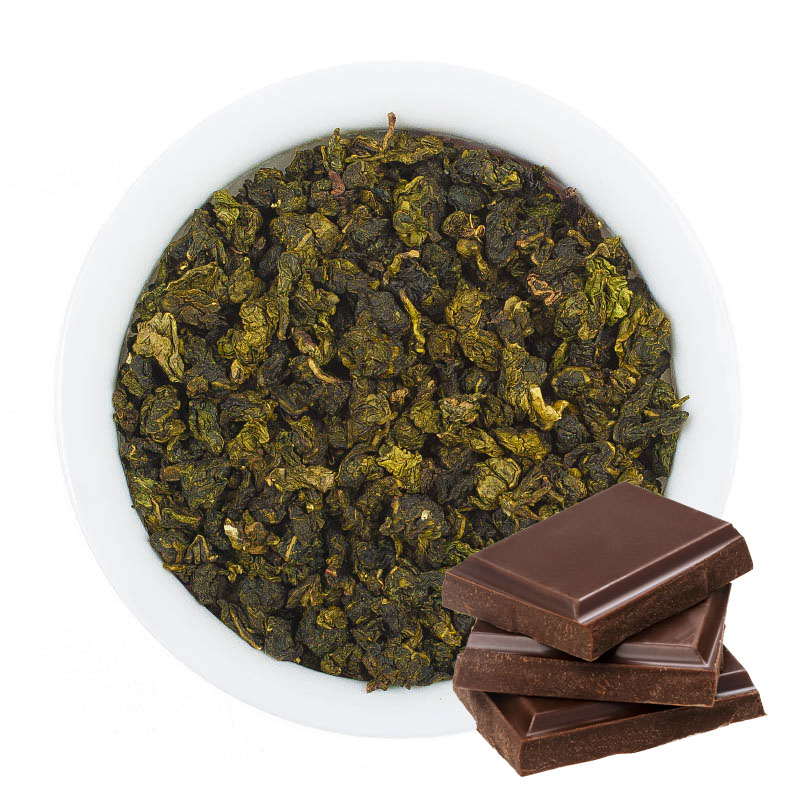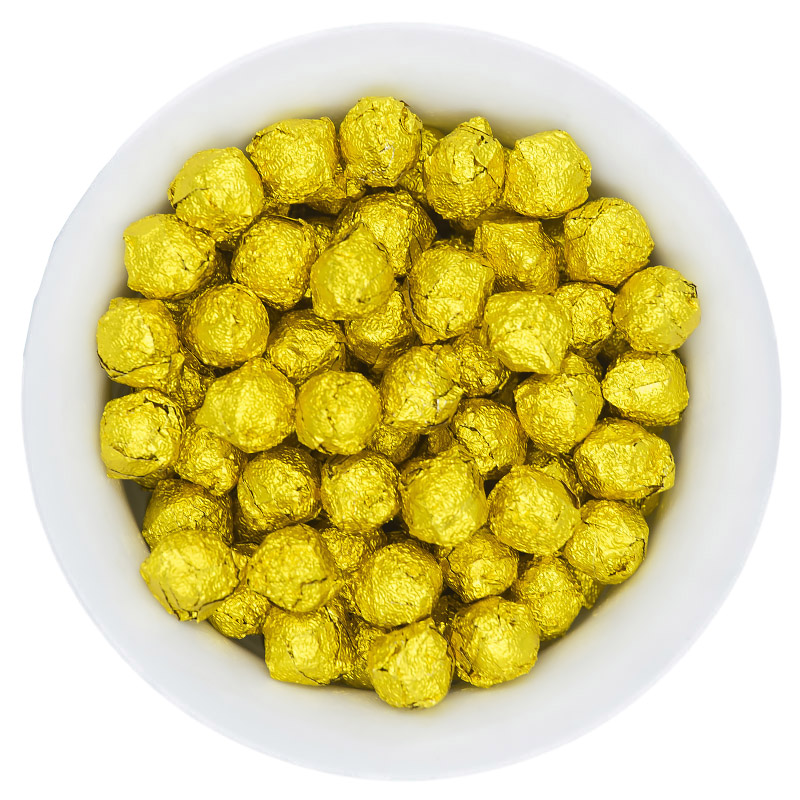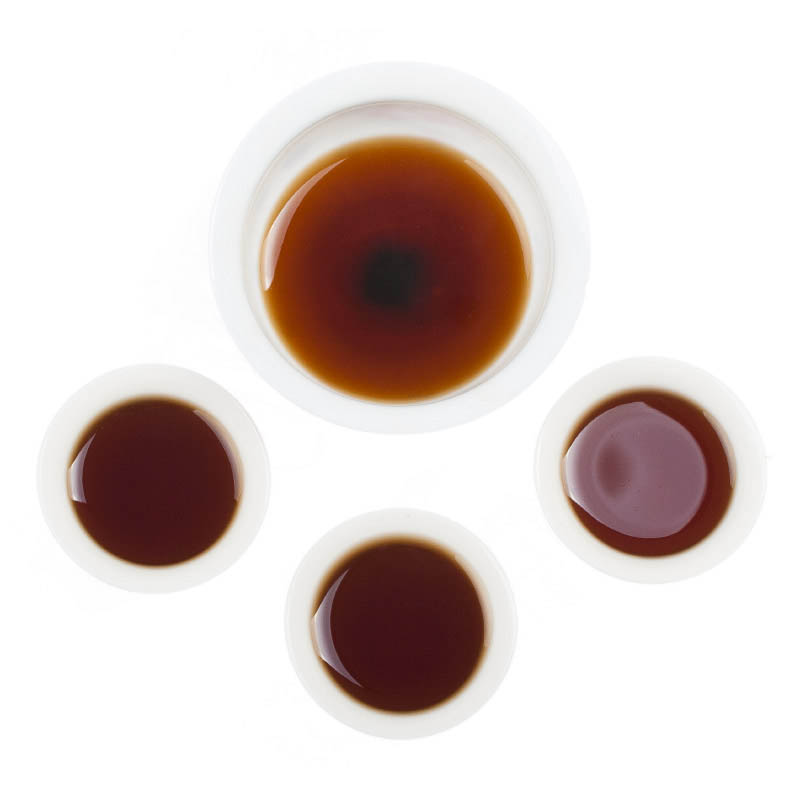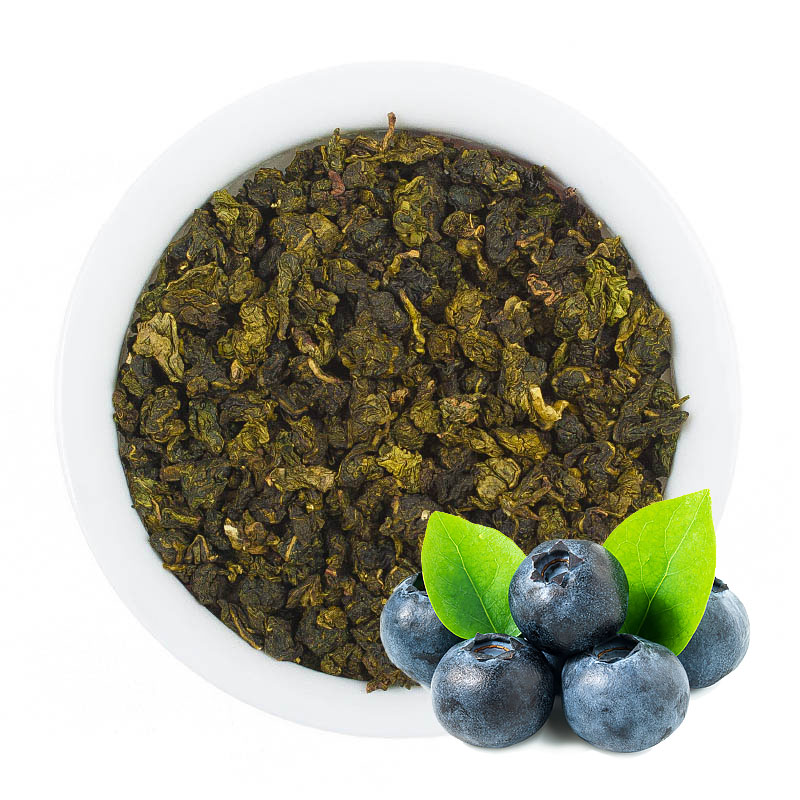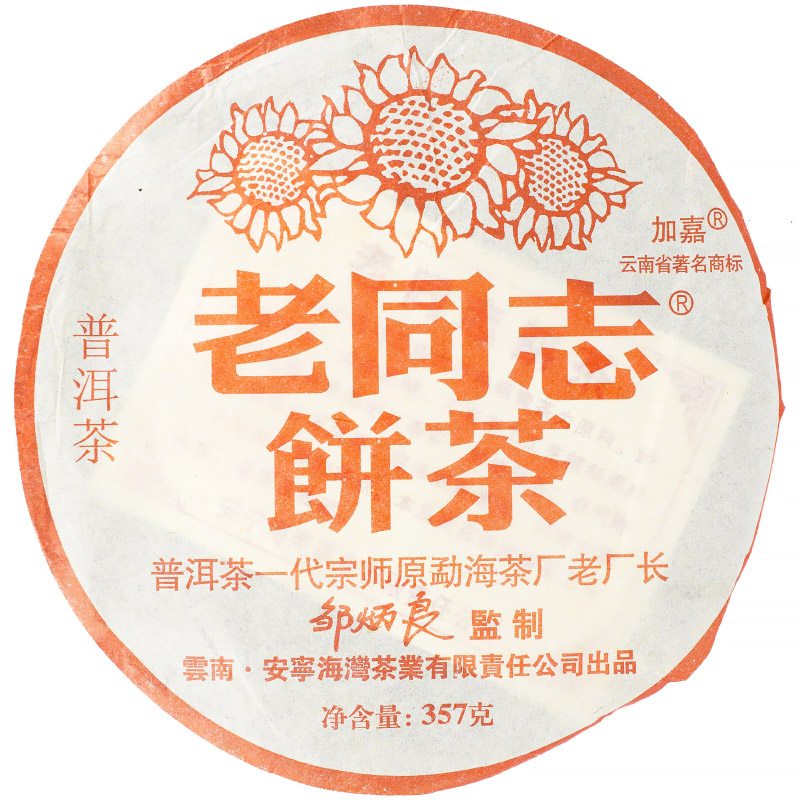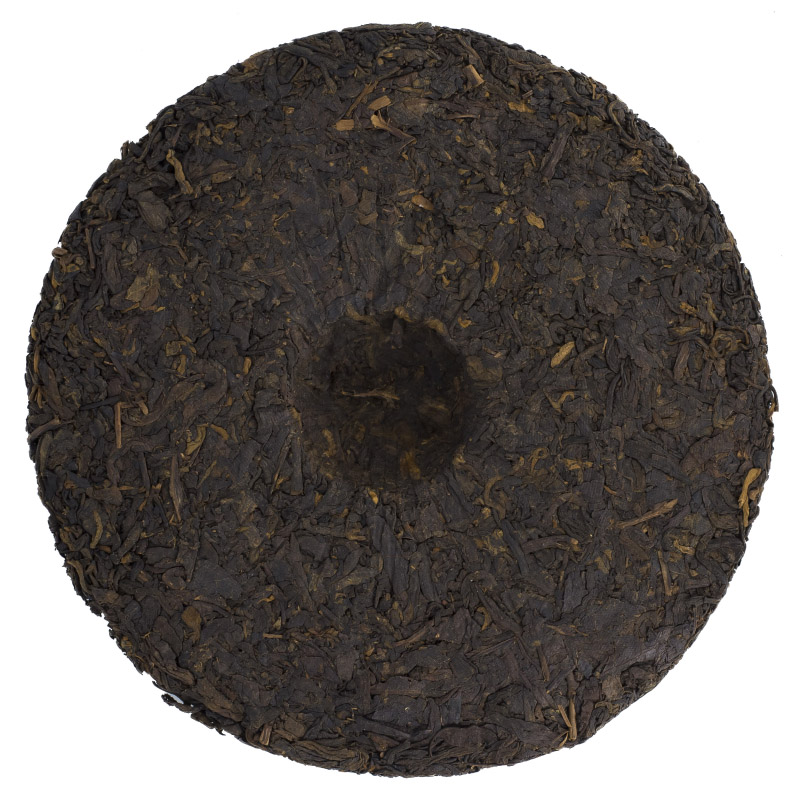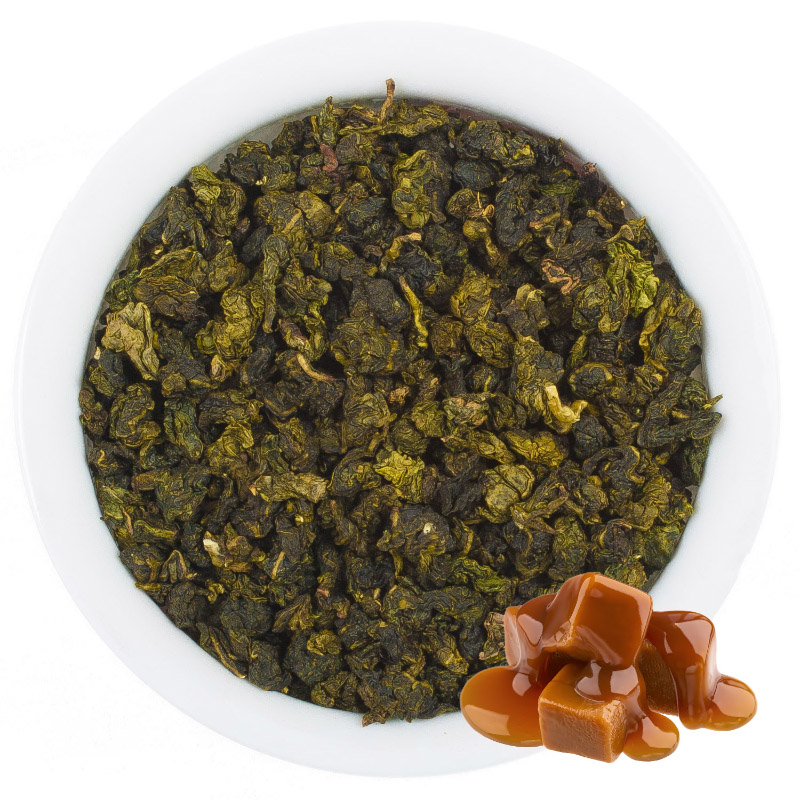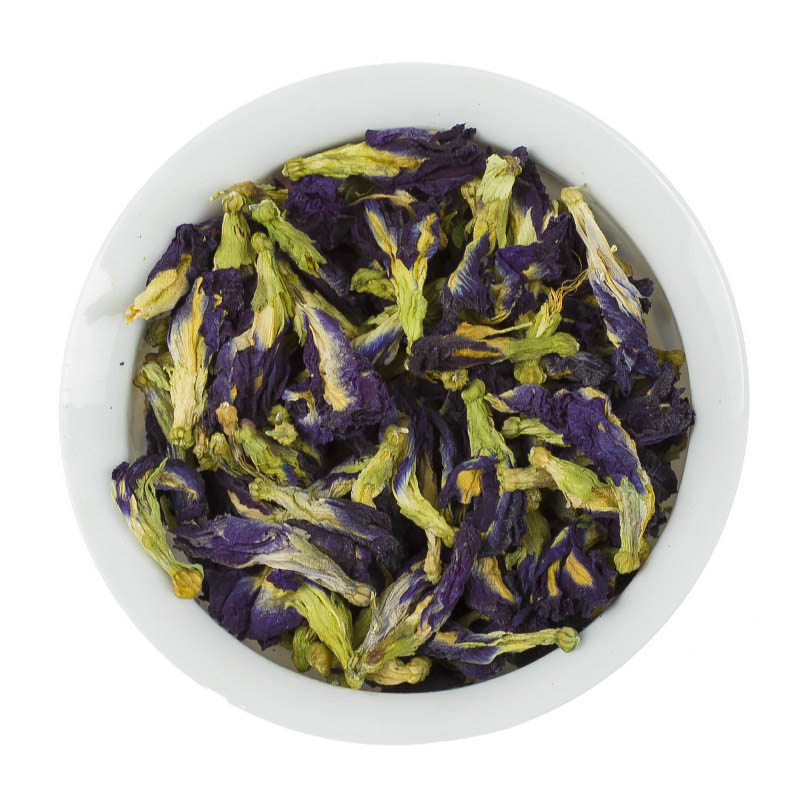English Tea: History, Traditions, and Brewing Customs
Contents
- History of a Noble British Tradition
- Tea Drinking Traditions
- How to Drink Elite English Tea?
Each of us knows about the British penchant for drinking tea. And they can do it several times a day. And their famous "five o’clock tea" is something else entirely. Many dream of visiting this unique country or have already visited it just to participate in a traditional tea ceremony with locals. There are very few countries where this aristocratic beverage is as adored as in Britain, among them China and Japan. But how and when did the tradition of drinking English tea emerge? Let's discuss this further in the article.
History of a Noble British Tradition
Authentic English tea boasts a delicate and rich taste, a lasting pleasant aroma; drinking it means savoring every sip. Britons consume this beverage at any time of day, whether at business meetings or friendly gatherings. Tea time is an essential part of all their social interactions.
English tea is a global brand whose history dates back to the colonial era. During this period, Indian and Ceylonese tea leaves were imported into the country. The products were then blended and sold. Thus, Britain became a hub from which tea was shipped worldwide.
Initially, the product was considered a drink for aristocrats, but ever since Thomas Twining opened his tea shop in 1717, the commodity became accessible to the average consumer. A distinctive feature of the inhabitants of the British Isles is that they consume English tea with milk, cream, or sugar, often served with biscuits or other sweets. Traditional English tea is drunk modestly, savoring every moment of the tea ceremony.
It's worth noting that while tea leaves were extremely rare in Britain, people used them for medicinal purposes in small doses, as they were excellent for invigorating and providing strength and energy.
The main elements of the ritual were borrowed from the Chinese, right down to the pottery, which was also imported from there. Tableware elements were considered a luxury, and not everyone could afford to acquire them.
Tea Drinking Traditions
Everyone knows the precise time for this beverage – it's 5 PM. At this time, family, friends, or acquaintances gather at the table to enjoy the delicate notes of the best English tea and discuss all the day's news and plans for the next 24 hours. Moreover, this drink is served strictly at the appointed time, no later and no earlier. Of course, this is far from the only period of the day when people enjoy tranquility and the tea beverage. They also do so for breakfast, lunch, and dinner.
Britain has long been recognized as a tea-drinking nation, a fact it is very proud of. But which brands of English tea do enthusiasts use? There are many, but several are particularly popular and widely consumed. These include Lapsang Souchong, English tea with bergamot and milk, Darjeeling varieties, Rose Garden, English Breakfast, and Assam.
Earl Grey is considered the most popular. The highlight of this product is the addition of bergamot oil, which gives it a slightly tart taste and an unusual, lasting aroma. It's been 150 years since its inception, but this variety of English tea has not lost its popularity; it is adored and revered in various countries around the world. Producers are constantly trying to improve this type of beverage, making it even more delicious and appealing. Therefore, today there is tea for women with a delicate, mild taste featuring hints of lemon and orange.
English tea of the Darjeeling variety is distinguished by a subtle nutmeg flavor, and thanks to its light hue, it resembles sparkling wine. This type of beverage is best consumed after lunch.
The English tea brand "Assam" belongs to Indian varieties used for blends. It's generally not recommended to consume it neat, as the product is very strong, and not everyone can drink it.
The name "English Breakfast" speaks for itself. It's best to drink this tea in the morning. It's an invigorating beverage that's best enjoyed with milk, cream, or sugar.
Moreover, Britons love to drink English tea in tea bags, not just loose leaf. This product is very quick and convenient to prepare by simply placing the required amount of crushed leaves in a special container into boiling water. In just a few minutes, a delicious and invigorating drink is ready to consume.
People have been drinking English black tea, tea with bergamot, or green tea for centuries and are proud of their unique tradition, known worldwide. Therefore, they often refer to it in proverbs and everyday conversations.
How to Drink Elite English Tea?
Before you buy English tea, everyone should familiarize themselves with the tradition of its consumption. And if you don't want to embarrass yourself among the native inhabitants of this country, it's best to remember a few simple recommendations and enjoy a drink from the past:
- First, greet everyone present. Leave personal belongings on your lap or on a chair behind you.
- Your knees should be covered with a napkin, and when you stand up, leave it on the chair.
- Before pouring English green tea, tea with bergamot, or black tea, add sugar, lemon, or milk to the cup first, and only then the drink itself.
- The beverage is consumed with scones or pastries, other sweets are eaten afterward.
- Do not extend your pinky finger when holding the cup. This indicates poor manners. Also, do not leave your spoon in the cup; place it next to the cup on the saucer.
If you follow these recommendations, the English will welcome you into their social circle, and you will leave a pleasant impression of a well-mannered person.
The tea ceremony in Britain differs significantly from the Chinese or Japanese. Here, the leaves are not traditionally brewed; instead, the tea is steeped for several minutes. Almost any brand of product can be drunk with additions.
And you can buy English tea almost anywhere. But it's best to use the services of reliable and proven companies, so we recommend visiting our online tea store and choosing the option that suits you best in terms of price, quality, and taste.
